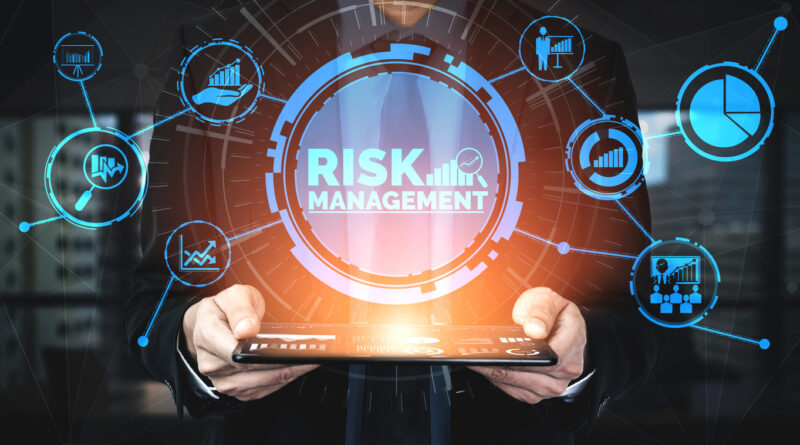How to Increase the Value of Your Business With Risk Management
An efficient risk assessment is essential to Business Risk Management and the board’s risk monitoring procedure. Effective risk assessments assist the firm in recognizing emerging hazards and assuming the future with assurance.
An enterprise risk assessment (ERA) is a methodical and forward-looking review of the probable impact and likelihood of future events and scenarios on the accomplishment of an organization’s business objectives within a specified time frame.
The ten techniques listed below will assist management and directors in getting the most out of the risk assessment process.
Involve the Right Individuals
There are frequent differences in the perspectives and viewpoints of risk among the many top executives, operational units, and functional leaders. Therefore, it is crucial to include the right stakeholders, business units, and functional leaders in the risk assessment process.
Pay close attention to the unique aspects of strategic risk.
The Treadway Commission Committee of Sponsoring Organizations identifies three aspects of strategic risk:
The results of the approach – Decisions are made based on the inherent risk-reward trade-offs in the strategy when management sets a plan and discusses alternatives with the board. Each alternate technique has a unique risk profile of its own.
The potential for a strategy to be incompatible with a company’s purpose, vision, and basic values – Reputation damage and brand degradation can result from a strategy that is out of step with the entity’s goals and intended methods of operation. The core of businesses losing their direction and forgetting what they stand for is this imbalance.
The risks associated with implementing the plan are a factor that many businesses take into account throughout the risk assessment process. Equally significant can be found in the other two dimensions.
If the business hopes to prevent unintended effects that might result in a decrease in enterprise value or a failure to develop enterprise value, all three dimensions must be taken into account.
Consider Risk Factors While Making Decisions
The influence of significant choices on the organization’s risk profile may be just as crucial to decision-making processes as the risk assessment process itself.
It should be highlighted that big decisions either produce distinct outcomes or change previously anticipated outcomes if the risk is regarded to be the distribution of potential outcomes over a particular time horizon as a result of changes in important underlying factors.
As a result, important choices should take the organization’s risk appetite into account as well as the baseline risk assessment, and the board should be consulted as soon as possible.
How Can Business Risk Management Procedures Reduce Risk Particularly to the Organization While Boosting Value?
The company should be able to immediately assess the effect and possibility of risks connected with changes in its internal and external environments thanks to a business risk management process that swiftly gathers and assimilates high-quality information for use in decision-making. Early evaluation and mitigation can help maintain value and profit from risky occurrences when rivals do not respond to environmental changes as quickly.
The strategies mentioned above can help businesses identify their risks and gauge how well their business risk management and board risk monitoring systems are working. An efficient risk assessment procedure creates the groundwork for management and directors to confidently navigate a changing company environment.



